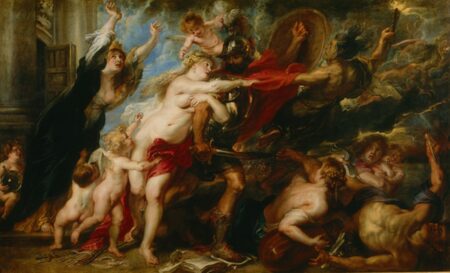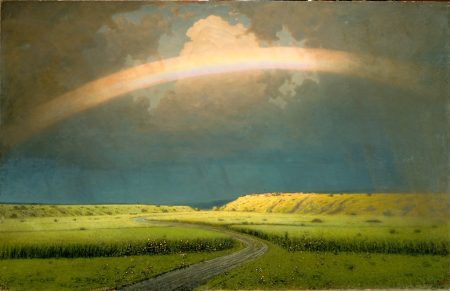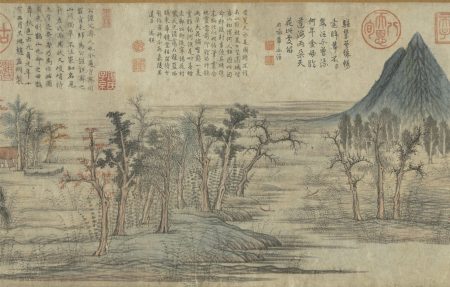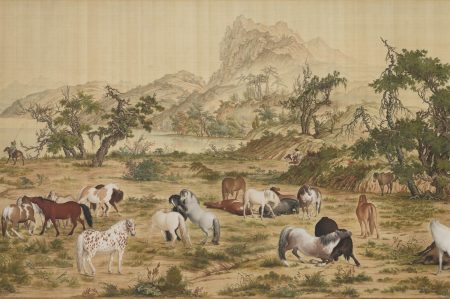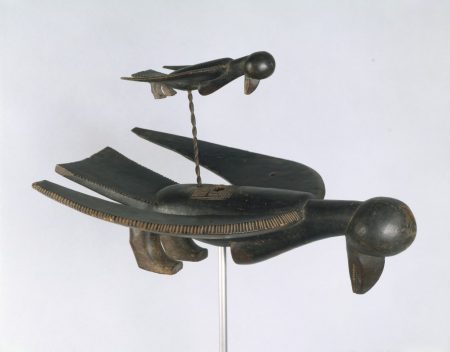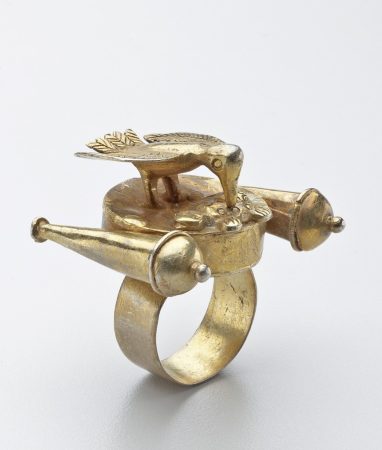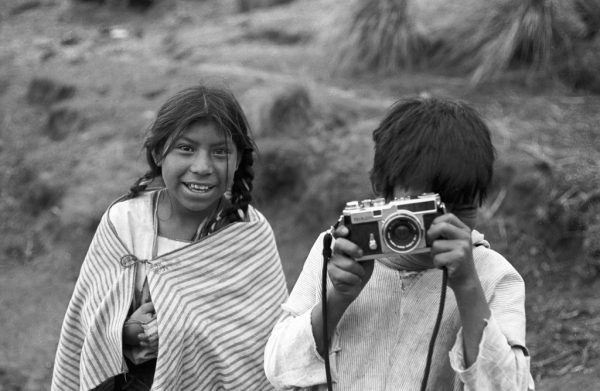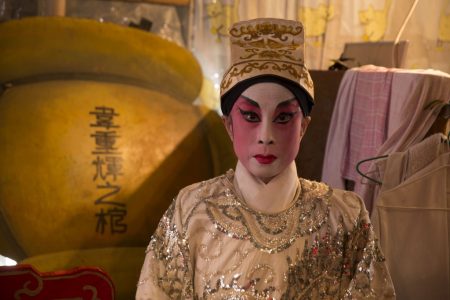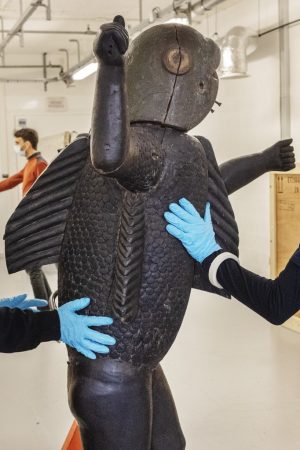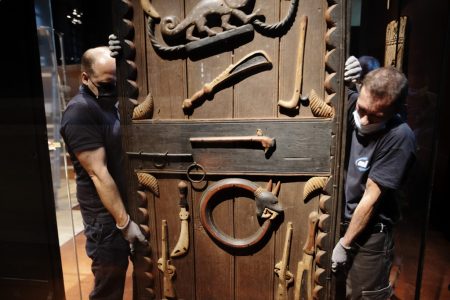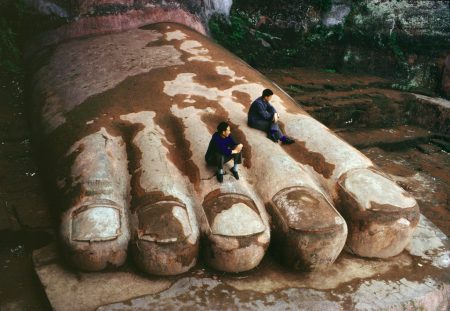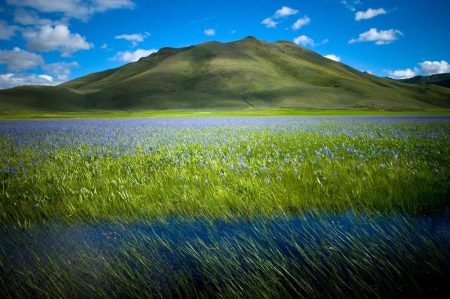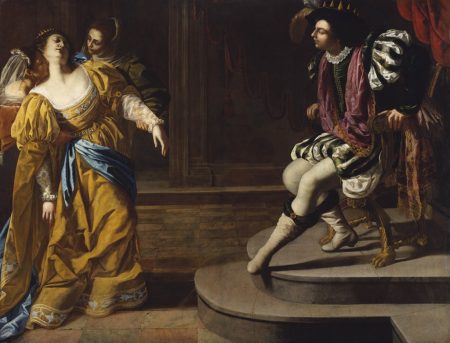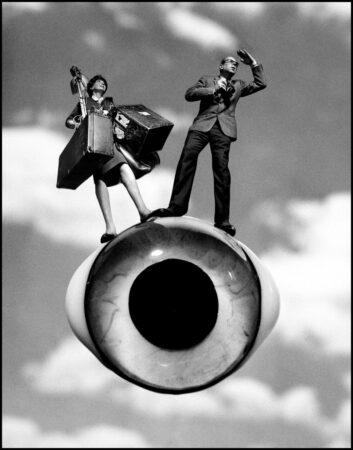
Philippe Halsman. Philippe and Yvonne HALSMAN New Years Card… c. 1960. Photograph. © Estate of Philippe Halsman / Licensed by VAGA, New York, NY. Magnum Photos.
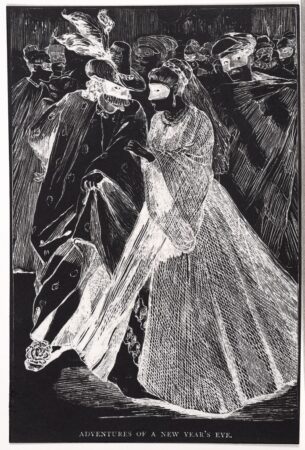
Winslow Homer. Adventures of a New Year’s Eve. Negative photostat. Image and data from Smith College Museum of Art.
The New Year is an enduring phenomenon that generates celebrations of varied traditions across the world and throughout the calendar. It is our sincere wish that you may partake of these festivities in good health and with hope for the coming year. Please join us in honoring these holidays of renewal for 2023.
